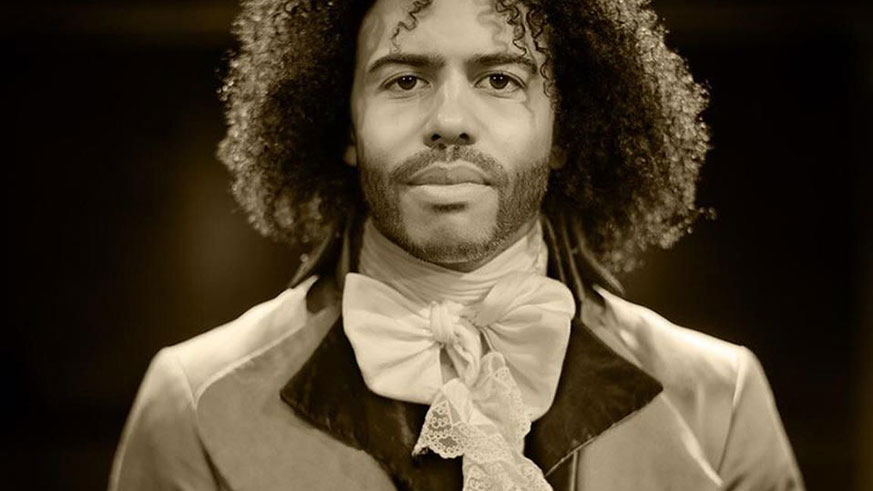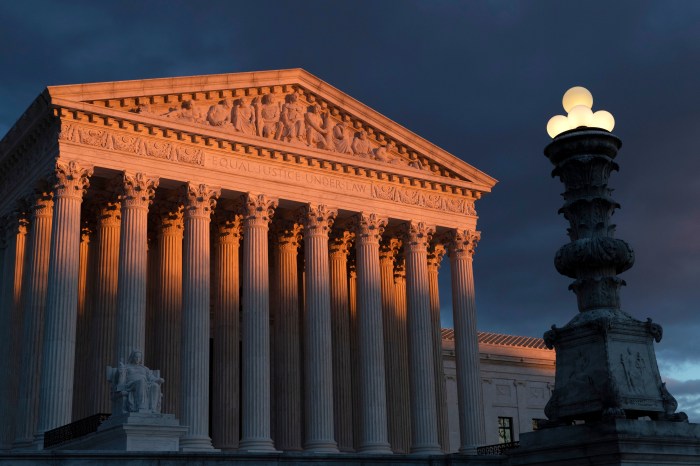It has come up with unusual speed and ferocity in the Trump era: What did the Constitutional framers intend? And can the Constitution be changed? The Second Amendment provides the right to bear arms, but the automatic weapons didn’t exist in the 18th century — so what does that mean for gun-safety legislation? Freedom of religion is provided in the Bill of Rights, but does that mean a baker can refuse to make a wedding cake for a gay couple? With all the talk about Trump’s pledge to appoint “strict Constitutionalists” to the Supreme Court, you’d be forgiven for thinking the document was set in stone?
Can the Constitution be changed?
Yes, but it’s a difficult process. The Fifth Amendment provides two ways the Constitution can be changed. One of them has never been used.
First: A bill can be passed by a two-thirds majority of the Senate and the House, after which it is set to the states. It must be approved by three-fourths of the states, either by the legislature or by convention; the bill can specify which.
Second: A Constitutional Convention can be called by two-thirds of the states’ legislatures. There, one or more amendments to the Constitution can be proposed. Those amendments are then sent to the states, and three-fourths must approve before the change is made. This process has never been attempted.
Again, it is not easy. Look at the history of the Equal Rights Amendment (ERA), which specifies that “Equality of rights under the law shall not be denied or abridged by the United States or by any State on account of sex.” The bill was first introduced in 1921. It didn’t pass both houses of Congress until 1972, when it began the process of state ratification, which stalled out at 35 of the necessary 38 in 1978. Illinois just ratified the ERA last week — 41 years later. There’s still one more state to go before the Amendment is considered passed. (And even then, it’s not a done deal. In the intervening years, five states voted to rescind their approval, but the Constitution doesn’t provide for rescission, so it’s unclear what would happen even if a final state signed on tomorrow.)
Did the Founding Fathers intend the Constitution to be changed?
Thomas Jefferson did. In fact, he believed that the Constitution should be updated every 20 years. He expressed this belief in a 1789 letter to James Madison.
“No society can make a perpetual constitution, or even a perpetual law,” he wrote. “The earth belongs always to the living generation. They may manage it then, and what proceeds from it, as they please, during their usufruct. They are masters too of their own persons, and consequently may govern them as they please. But persons and property make the sum of the objects of government. The constitution and the laws of their predecessors extinguished then in their natural course with those who gave them being. This could preserve that being till it ceased to be itself, and no longer. Every constitution then, and every law, naturally expires at the end of 19 years. If it be enforced longer, it is an act of force, and not of right.”
That one of the Founding Fathers considered a Constitution older than 20 years “an act of force” could come as a shock to some “strict Constitutionalists.”



















